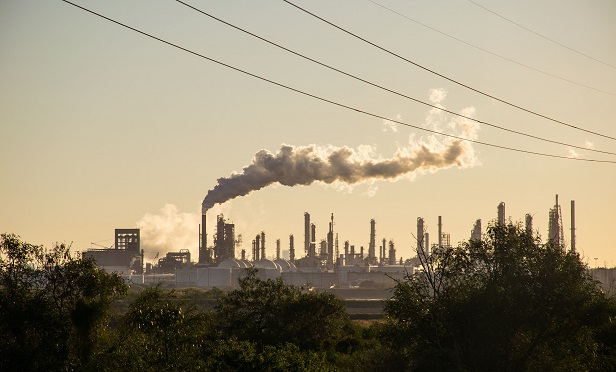 Risk needs to be assessed on an ongoing basis. Each time a company adds or even modifies a product or service, a fresh risk is added to the business. (Photo: Shutterstock)
Risk needs to be assessed on an ongoing basis. Each time a company adds or even modifies a product or service, a fresh risk is added to the business. (Photo: Shutterstock)
The CEO and board of directors of a large chemical manufacturer know its pollution-related risks and undoubtedly have the required pollution and D&O insurance to cover the company's exposures. Pollution liability is a key component of risk management at such companies. At smaller companies and nonmanufacturing firms, however, pollution-related exposures may be an afterthought — if they're a thought at all. And yet, these directors and officers face myriad pollution-related risks that they may be held liable for. Consider these examples:
|- A leaky valve that goes unnoticed causes process wastewater to run into a nearby waterway.
- An event that requires Environmental Protection Agency or Chemical Safety Board investigation causes the insured's facility and nearby business to shut down for weeks.
- The surrounding neighborhood is evacuated for days because of pollution from a fire or chemical leak at the insured's facility.
- A liquid substance (such as hydraulic fluid) is accidentally released into a storm drain, requiring extensive and costly mitigation.
- A third party's product is contaminated by a malfunctioning piece of equipment or an ingredient sold by the insured.
- A consumer ingests a product produced by the insured that causes illness.
- The HVAC system at an office, apartment complex, hotel or medical facility is found to be contaminated with mold or bacteria, exacerbating or causing health problems in employees or residents.
- A natural disaster is compounded by the release of toxins from the insured's facility, leading to massive cleanup costs and lawsuits from affected neighbors and communities.
- Shareholders whose shares lose value following a pollution-related incident sue the directors and officers, claiming they had prior knowledge of the problem and allowed it to go unabated.
Add to scenarios such as these the effects of worsening climate change and complex environmental regulation, and it's clear that public companies' directors & officers are at risk for increased liability from pollution-related claims. Now, you need to be sure they realize that and adequately cover their exposure. Here are four questions that will help you help them consider all their risks:
|- What pollution hazards exist? Walk around the workplace to identify trouble spots. Be sure to look beyond the obvious ones. Ask employees to list hazards through face-to-face meetings or anonymous suggestion boxes; hold staff workshops, have discussions with peers at professional association meetings and conferences; become familiar with key links in the supply chain; read trade publications, and hire a professional risk expert if necessary.
- How can these hazards cause harm, and who will they harm? Do the pollution hazards put employees, homeowners and other businesses, or communities at harm? Are the harms local, or can they extend nationwide and beyond? For example, contaminated products can be shipped far and wide.
-
What control measures are needed? How can the insured protect those at risk of being harmed? Can the hazard be removed? When a hazard can't be eliminated, what steps are needed to contain and minimize it?
-
Who should these findings be shared with? Record findings and share them with affected members of the insured's organization when appropriate. By recording an account of how the insured plans to either eliminate hazards or reduce the risk of their occurrence, there will be a physical record that hazards were identified, decisions were made about who could be harmed and how, and a plan was executed to eliminate or mitigate hazards.
Being aware of these risks allows owners to employ strategies to mitigate their impact and recover more quickly after a disaster. This is not a one-time fact-finding mission, however, or even something that should be done only at renewal time. Risk needs to be assessed on an ongoing basis. Each time a company adds or even modifies a product or service, a fresh risk is added to the business. In addition, other factors are always changing: environmental factors including climate; the condition of machinery and other equipment; new or improved technology; employee skill levels and experience; supply chains; and clients. A strong risk management program considers a wide variety of dangers and solutions to prevent or alleviate them and ensures that D&O coverage always keeps up with those risks.
|Want to continue reading?
Become a Free PropertyCasualty360 Digital Reader
Your access to unlimited PropertyCasualty360 content isn’t changing.
Once you are an ALM digital member, you’ll receive:
- All PropertyCasualty360.com news coverage, best practices, and in-depth analysis.
- Educational webcasts, resources from industry leaders, and informative newsletters.
- Other award-winning websites including BenefitsPRO.com and ThinkAdvisor.com.
Already have an account? Sign In


